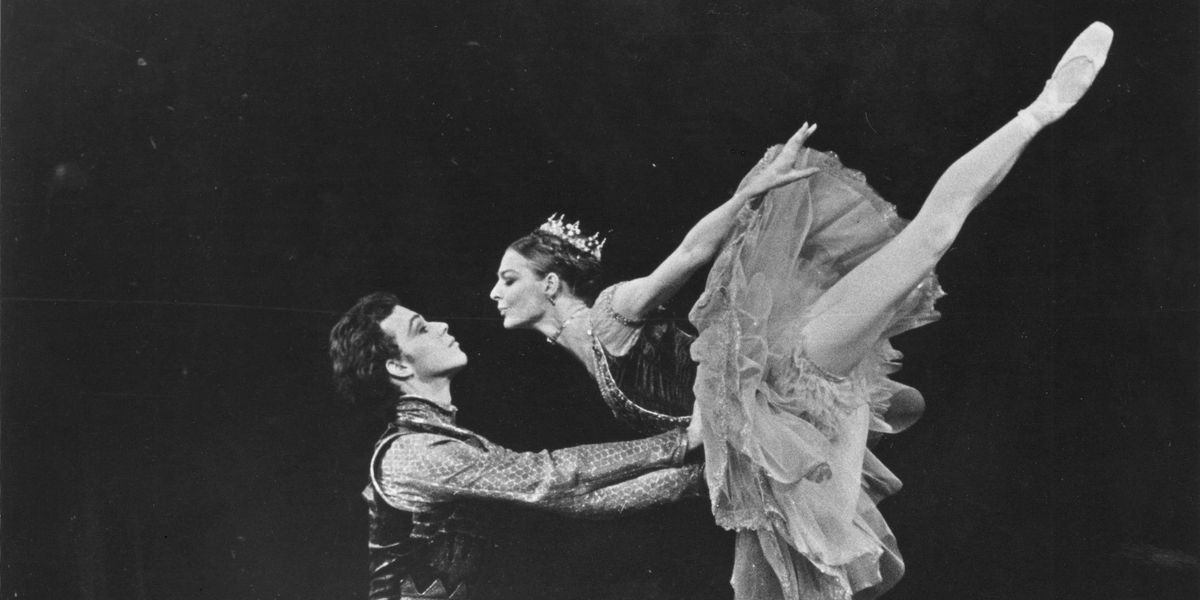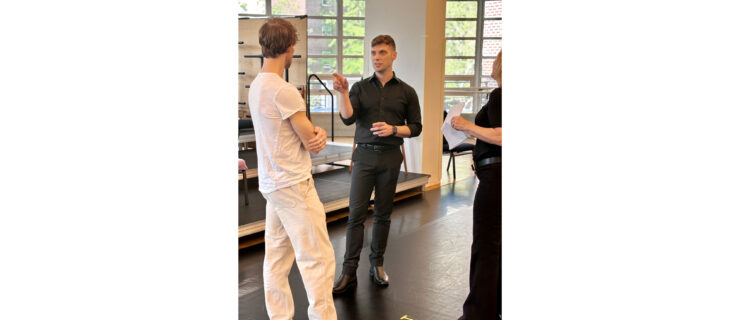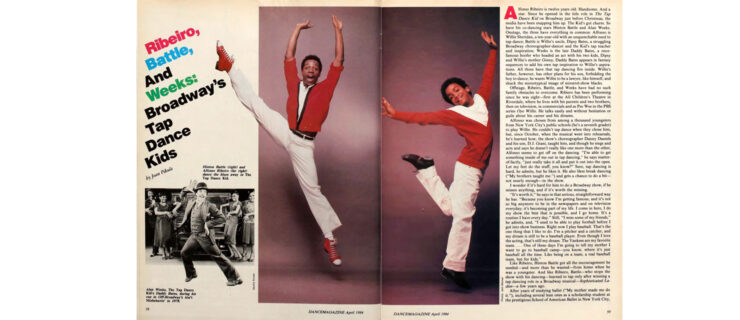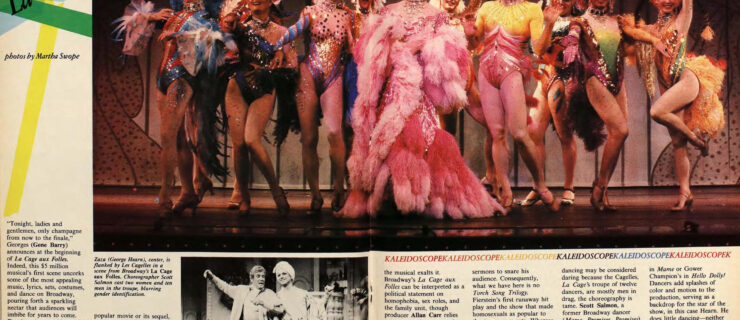#TBT: Antoinette Sibley on the "Magic" Behind Her Epoch-Defining Partnership With Anthony Dowell
When Dame Antoinette Sibley graduated into The Royal Ballet in 1956, she was the first English dancer to have come up through both White Lodge and the Upper School. This quiet accomplishment presaged Sibley’s becoming arguably the quintessential English ballerina of her generation.
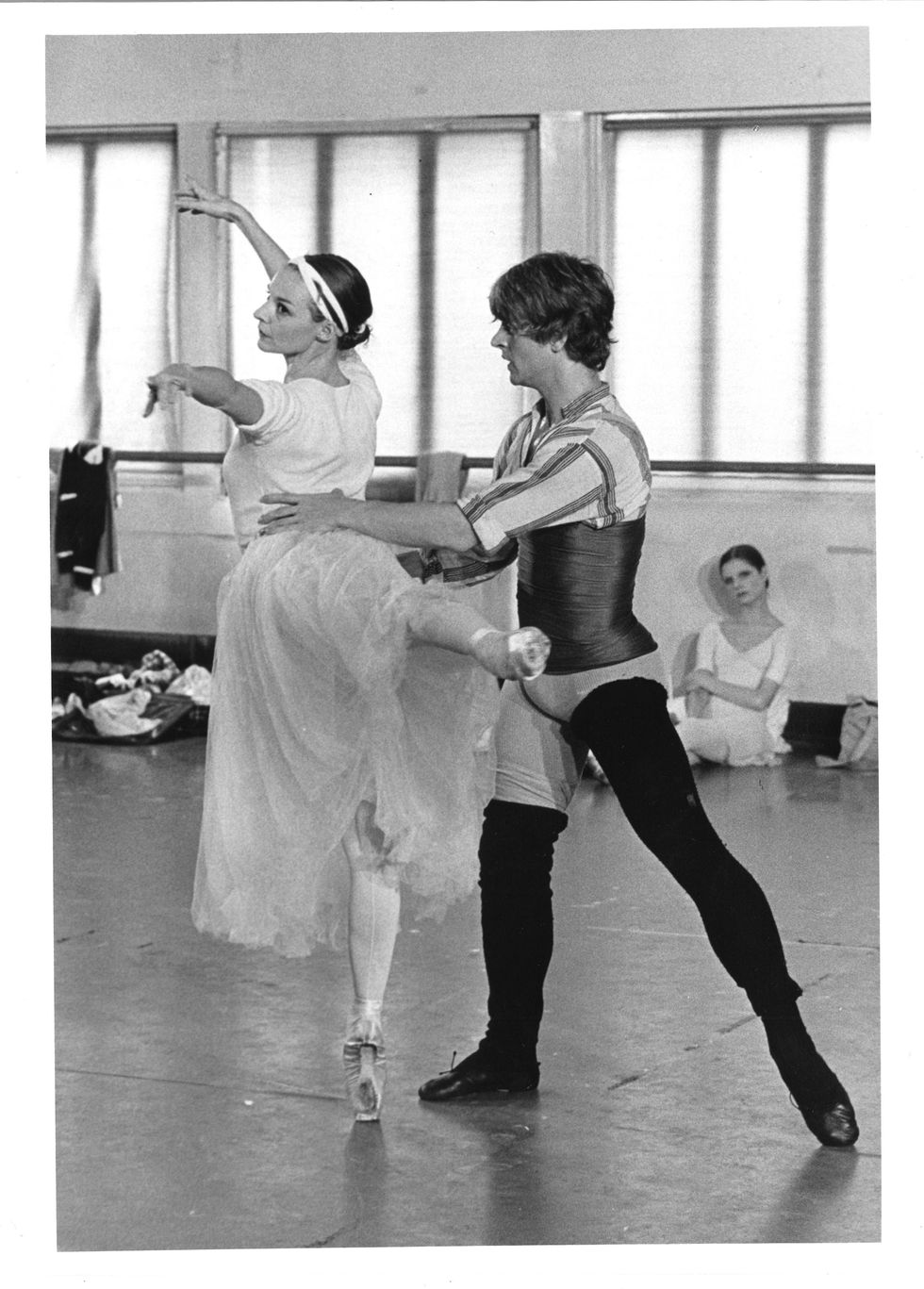
Sibley danced opposite Mikhail Baryshnikov in The Turning Point.
Courtesy DM Archives
Sir Frederick Ashton created the role of Titania in The Dream on her in 1964, casting her opposite Sir Anthony Dowell and thereby launching an epoch-defining partnership. “My feelings about dancing, and about dancing with Anthony, are difficult to put into words,” Sibley told us in the April 1970 issue of Dance Magazine. “To me, a great deal in life is magical, and one accepts the magic, while knowing that, really, one has not earned it, perhaps does not deserve it. I work hard; I have the dancer’s discipline; but I’m afraid I’ve never been terribly ambitious for myself. But working with Anthony has clarified and strengthened dance for me. I dance in a different state of mind now than I danced when I was beginning in the company. I know all this but it is impossible to explain how and why. When we dance, Anthony and I, we feel rather special together.”
In the course of her long career (she retired temporarily from 1981–83 and fully in 1988), Sibley originated numerous roles, including the title role in Sir Kenneth MacMillan’s Manon, and danced opposite Mikhail Baryshnikov in The Turning Point. She continues to guest coach for The Royal Ballet.
